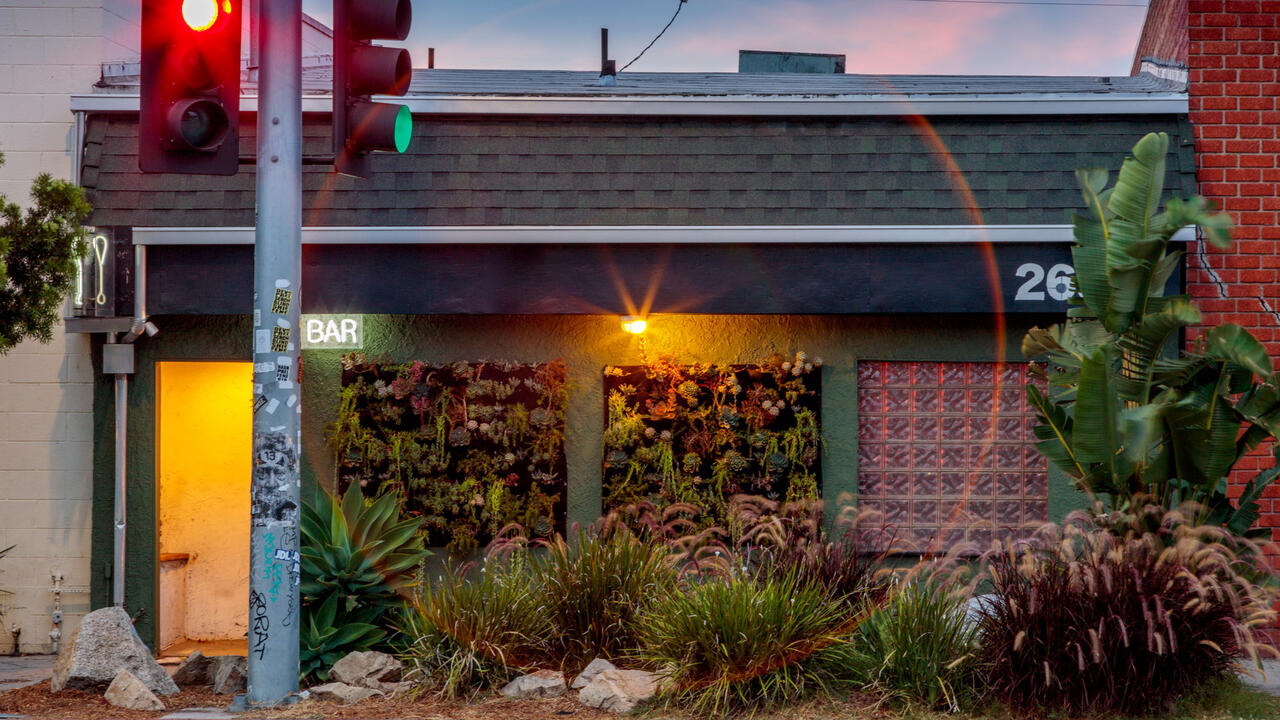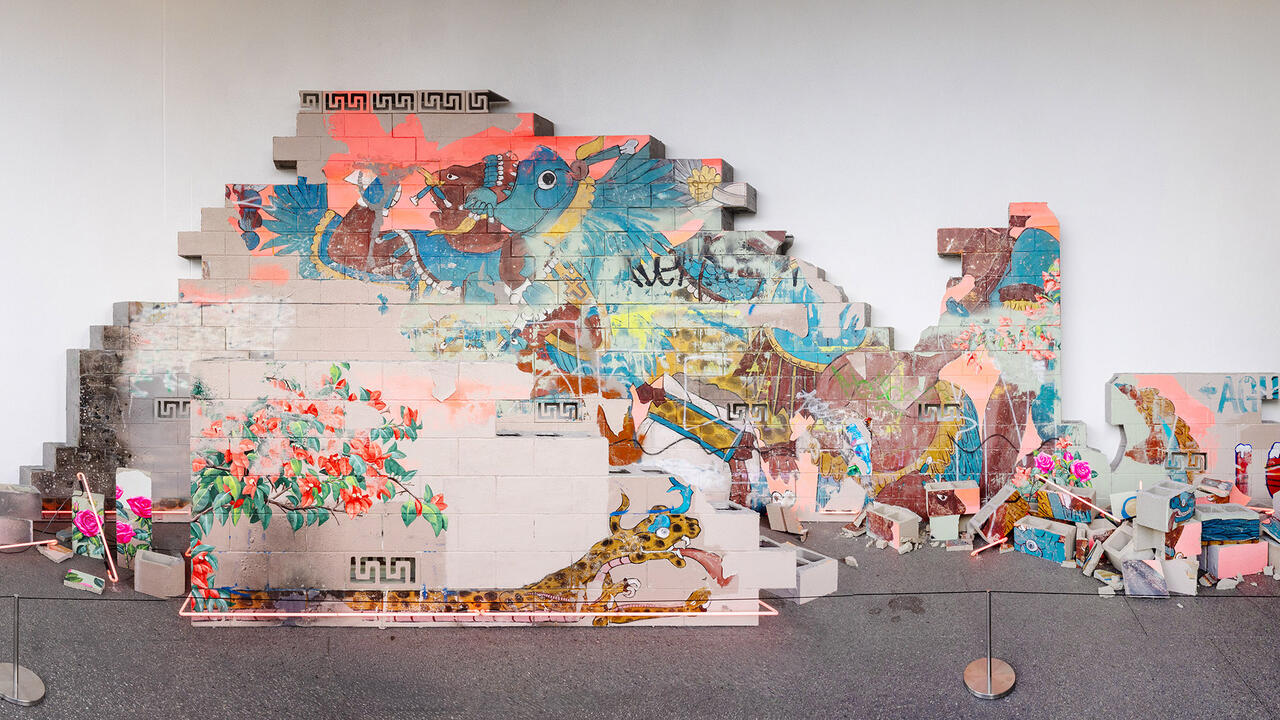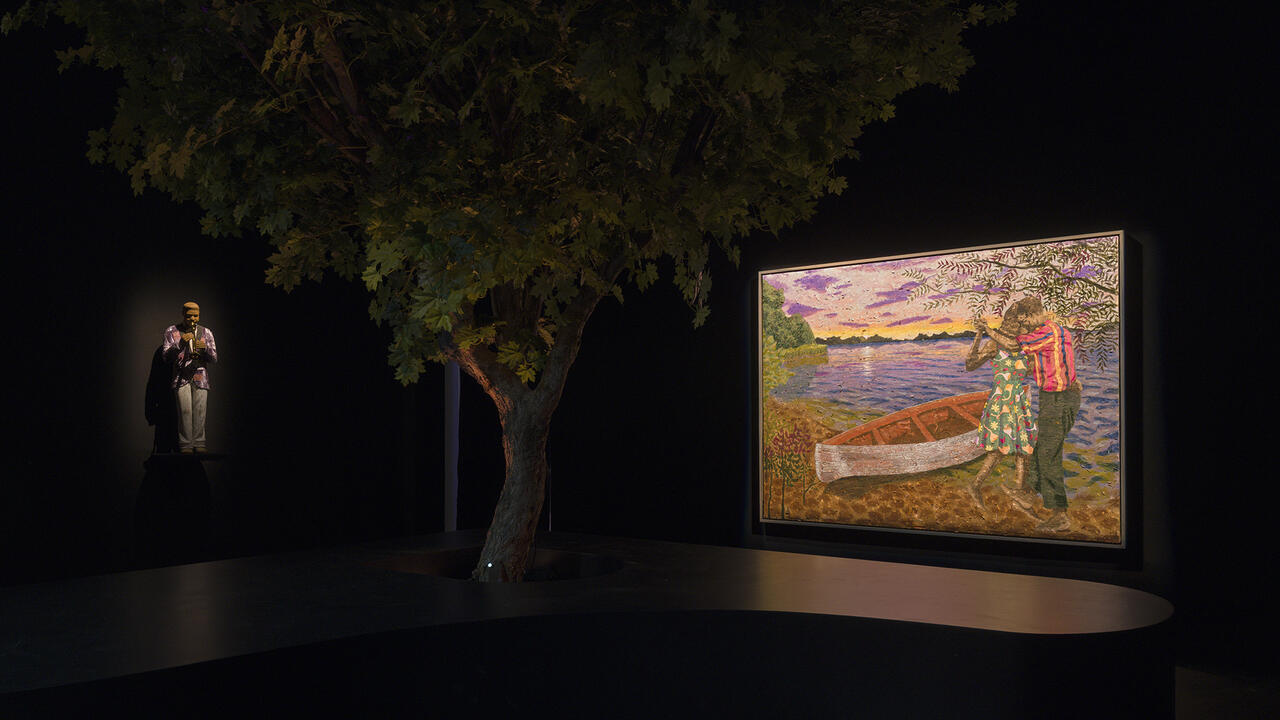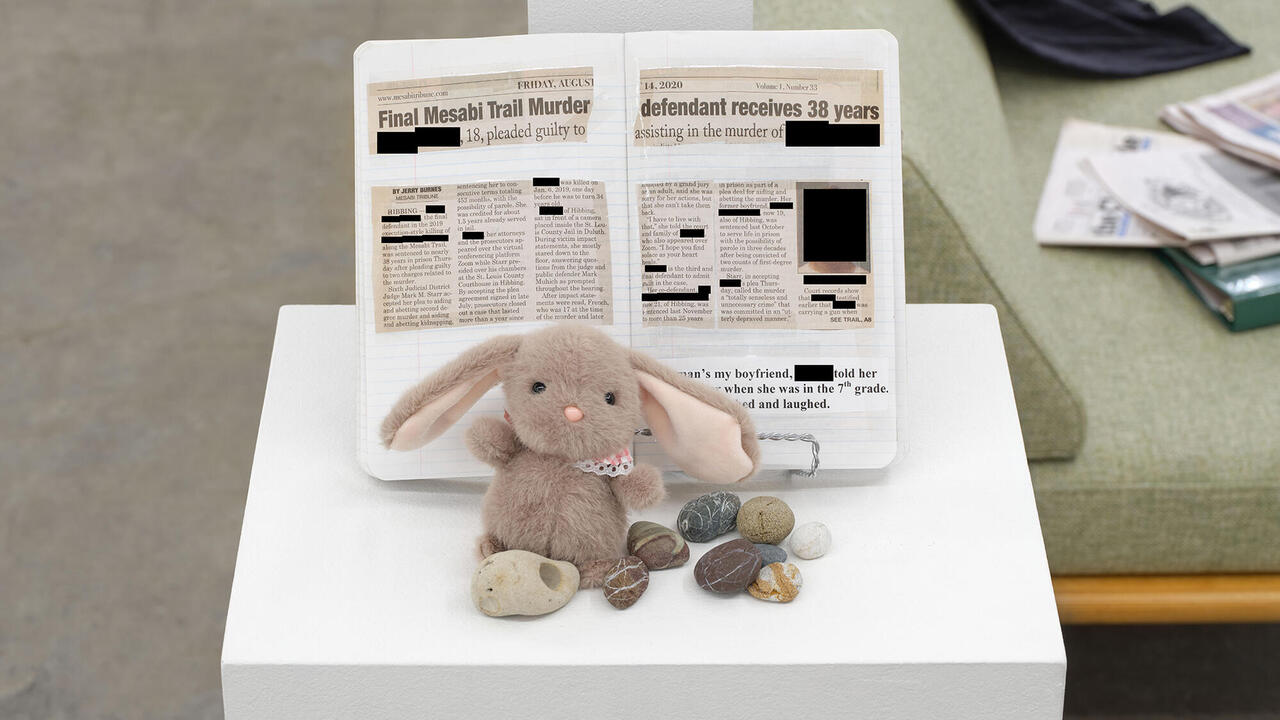Naotaka Hiro
The Box, Los Angeles, USA
The Box, Los Angeles, USA

It’s said that one of the inventors of capsule endoscopy, having volunteered himself as an early test subject, was sitting with his colleagues watching footage of his small intestines when he proclaimed: ‘I’ve been here so long and I hardly know the place!’ I’m sure Naotaka Hiro could empathize. The artist has long been preoccupied with the mysteries of the body – particularly his own. Where is the self hidden among all those fluids and cavities, tissues and viscera? How do you perceive your body – how do you know it – beyond the realm of mere appearances?

In ‘Peaking’, Hiro tackles these questions through video, sculpture, painting and drawing, which – such varied media aside – divide into two main bodies of work (all from 2016): a decentred kind of figuration and material documents of wild physicality. The former draws on any number of antecedents in picturing the body, from modern figurative eroticists, such as Paul Gauguin and Egon Schiele, through abject art, the latter from a tradition of flailing it, identified with artists as diverse as Shigeko Kubota, Jackson Pollock and Carolee Schneemann.
Across the ten works on paper, rapid gestures and art-brut scrawl describe loose biomorphic forms in intense, psychedelic colours that recall expressionist saturations. These works are without centre or subject – just a spate of gangly arms and legs forming sporadic patterns. No faces here; no genitalia either. The spindly, red-nailed fingers in Untitled (Fortune Teller) seem to veil a masturbation scene, as if to say the body is vexing enough without sex.

Two sculptures face each other from either end of the large main gallery, each falling within one of the show’s two bodies of work. Echoing the style of Hiro’s drawings, Tool (Crossed Arm Above Head) is a figure of all extremities. Two thin jagged strips of dull bronze form a large X; feet and hands at each end are rendered with verisimilitude. At the point where the two pieces cross, there is a small circular depression, suggesting a belly-button, and, on the way up, a pair of little raised peaks, like nipples.
The other sculpture, Fan (with Upper Body), is a flat, craggy and porous bronze semicircle, resembling a crudely drawn brain. In fact, as the accompanying press release explains, the work ‘captures the gesture of [the artist] making a half circle with his body’. The suite of seven, large-scale paintings that hang unframed in the same room are similarly documents of Hiro’s physical movements. To make them, the artist applied dye and paint while tied to the canvases, which remain lined with grommets and laced with rope. The results are crafty and folksy: by no means as intense to look at as, one presumes, they were to make. Nor is their hippie formalism as compelling as the drawings. Fan, likewise, is maybe a little too polite, too elegant, mounted atop a heavy wood and steel base. In fact, the show, all told, is rather tidy for The Box, a space that recently presented a haunted house by Nathaniel Mellors
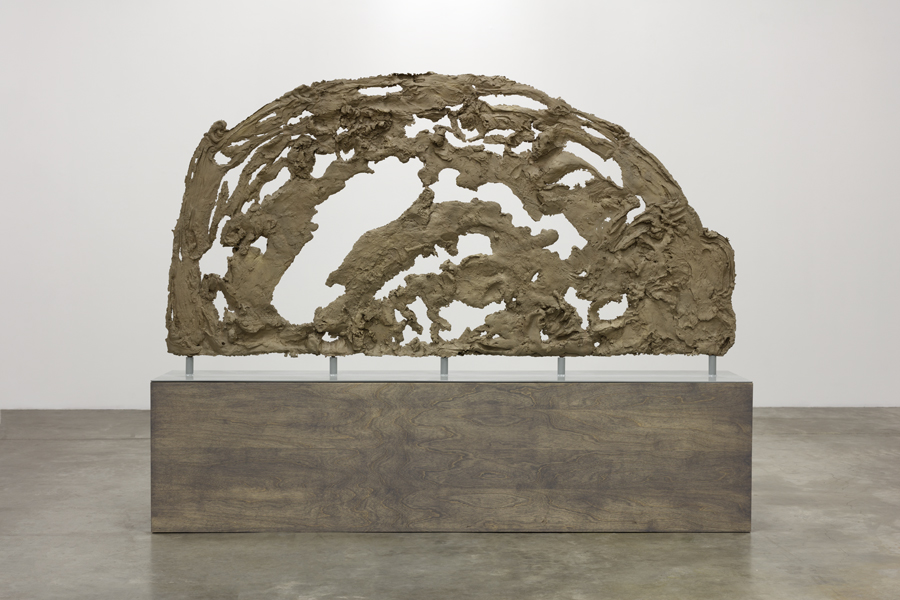
There are, however, two notable exceptions: the titular pieces, Peak and Peaking. The former is a massive version of Hiro’s canvases with grommets and rope appended, here tied up in a vast tube suspended from the ceiling. Hanging in the gallery, covered with splotches of pink dye, it looks almost like a carcass. Peer inside and you’ll find a frantic allover of graphite scratches. Peaking is a shaky, claustrophobic POV video that Hiro shot while producing Peak: he squirms, sprays dye and scrawls
to the amplified sound of aggressively laboured breathing. All we ever see of him is an occasional armpit, hand or glimpse of his legs (in tights). Whether Peaking is a reference to LSD, or whether it’s simply that both of these works offer you a ‘peek’ inside, they’re compelling because of their plain and fierce physicality: the body not as a realm of mystification but, rather, as site of struggle.








